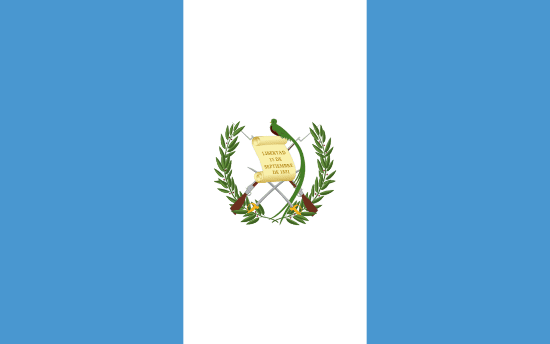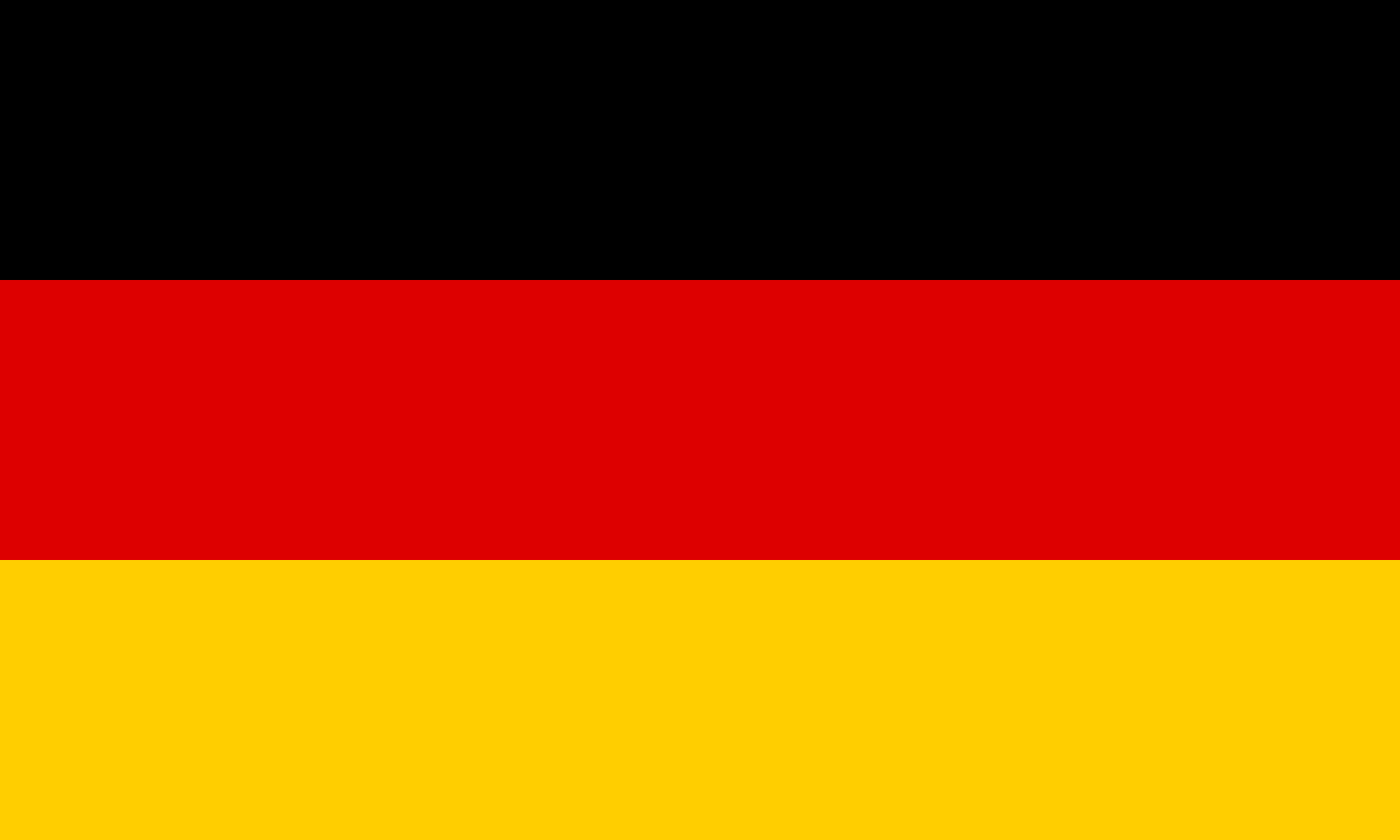
Semuc Champay
Bienvenido a Semuc Champay! Estás en uno de los lugares más extraordinarios que conozco.
Semuc Champey significa en el idioma maya "donde el río desaparece en la tierra". El nombre no promete demasiado. Durante mucho tiempo, una secuencia ha creado un puente de piedra caliza natural sobre el Río Cahabon. En el puente, se han formado piscinas que te invitan a nadar en las aguas claras y turquesas.
El punto de partida de la formación es piedra caliza, de la cual consisten las rocas circundantes. Esto es análogo a la formación de espeleotemas, al desencadenar calcio de la roca y luego depositarlo en otra ubicación. Donde exactamente ocurre este depósito se debe a factores externos. La química detrás de este proceso se ve así:
Ca (HCO3) 2 (aq) → CO2 (g) + H2O (l) + CaCO3 (s)
Crear un puente natural es una coincidencia extremadamente rara.
Consejos para visitar: llevar trajes de baño, repelente de insectos y cámara. Las piscinas son ideales para nadar, pero las rocas en el borde son muy resbaladizas.
Tarea
Siga este procedimiento:
- ¡Lea el Earthcache y las preguntas!
- Vaya al lugar y busque respuestas.
- Envíame las respuestas.
- Posteriormente puede iniciar sesión inmediatamente.
Por favor, hágalo en este orden. :-)
- ¿Qué roca es necesaria para la formación de este patrimonio natural?
- Pizarrón con el título: "Semuc Champay está hecho de piedra caliza muy frágil".
- ¿Qué muestran las tres imágenes en la pizarra y en qué cantidad?
- ¿Qué se describe en la pizarra y por qué es importante para Semuc Champay?
- Pizzarón con el título: "Semuc Champay está formado por varios ...".
- Nombre tres de las cinco formaciones mencionadas en el título.
- ¿Cómo se relacionan estas formaciones entre sí?
- Flota o va al borde de una de las piscinas: ¿Qué grupo (contando desde arriba) es y qué tan profundo es?

Semuc Champay
Welcome to Semuc Champay! You are in one of the most extraordinary places I know.
Semuc Champey means in the Maya language "where the river disappears in the earth". The name keeps up with its promise. For a long time, a stream has created a natural limestone bridge over the Rio Cahabon. On the bridge, pools have formed that invite you to swim in the clear, turquoise waters.
The starting point of the formation is limestone, out of which the surrounding rocks consist. This is analogous to the formation of speleothems, by dissolving calcium from the rock and later depositing it in another location. Where exactly this deposit takes place is due to the external factors. The chemistry behind this process looks like this:
Ca (HCO3) 2 (aq) → CO2 (g) + H2O (l) + CaCO3 (s)
Creating a natural bridge is an extremely rare coincidence.
Tips to visit: bring bathing suits, insect repellent and camera. The pools are great for swimming, but the rocks on the edge are very slippery.
Task
Please follow this procedure:
- Read the Earthcache and the questions!
- Go to the place and look for answers.
- Send me the answers.
- Afterwards you can immediately log.
Please do it in this order. ;-)
- Which rock is necessary for the formation of this natural heritage?
- Blackboard with the title: "Semuc Champay está hecho de piedra caliza muy frágil".
- What do the three pictures on the board and in what quantity show?
- What is described on the board and why is it important for Semuc Champay?
- Blackboard with the title: "Semuc Champay está formado por varios ...".
- Name three of the five formations mentioned in the headline.
- How are these formations related with each other?
- Floats or goes to the edge of one of the pools: Which pool (counting from the top) is it and how deep is it?

Semuc Champay
Willkommen in Semuc Champay! Ihr befindet euch an einem der außergewöhnlichsten Orte, die ich kenne.
Semuc Champey bedeutet in der Maya Sprache "dort wo der Fluss in der Erde verschwindet". Der Name verspricht nicht zu viel. Ein Bach hat über eine lange Zeit, eine natürliche Kalksteinbrücke über den Rio Cahabon geschaffen. Auf der Brücke haben sich Pools gebildet, die zum Schwimmen im klaren, türkisfarbene Wasser einladen.
Der Ausgangspunkt der Entstehung ist Kalkstein, aus dem die umliegenden Felsen bestehen. Dieser wird, analog der Bildung von Speläothemen, durch dass auslösen von Kalzium aus dem Felsen und der späteren Ablagerung an einem anderen Ort. Wo genau diese Ablagerung stattfindet, liegt dabei an den äußeren Faktoren. Die Chemie hinter diesem Prozess sieht wie folgt aus:
Ca(HCO3)2(aq) → CO2(g) + H2O(l) + CaCO3(s)
Das eine natürliche Brücke entsteht, ist ein äußerst seltener Zufall.
Tipps zum Besuch: Badesachen, Insektenschutz und Fotoapparat mitbringen. In den Pools lässt es sich wunderbar schwimmen, die Steine am Rand sind jedoch sehr rutschig.
Fragen
Bitte wie folgt Vorgehen:
- Lese den Earthcache und die Fragen!
- Gehen zum Ort und suche nach den Antworten.
- Schicke mir die Antworten
- Im Anschluss kann direkt geloggt werden.
Bitte in dieser Reihenfolge ;-)
- Welches Gestein ist für die Bildung dieses Naturerbes notwendig?
- Tafel mit der Überschrift: "Semuc Champay está hecho de piedra caliza muy frágil".
- Was zeigen die drei Bilder auf der Tafel und in welcher Menge?
- Was wird auf der Tafel beschrieben und warum ist es von Bedeutung für Semuc Champay?
- Tafel mit der Überschrift: "Semuc Champay está formado por varios ...".
- Nenne drei der fünf Formationen, die in der Überschrift genannt sind.
- Wie hängen diese Formationen zusammen?
- Schwimmt oder geht an den Rand eines der Pools: Welcher Pool (von oben gezählt) ist es und wie tief ist er?